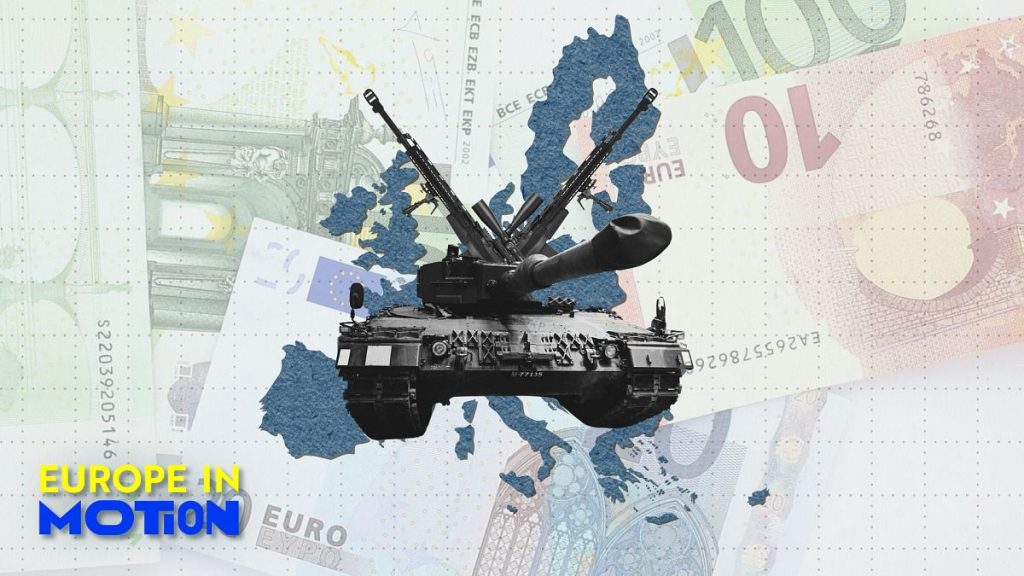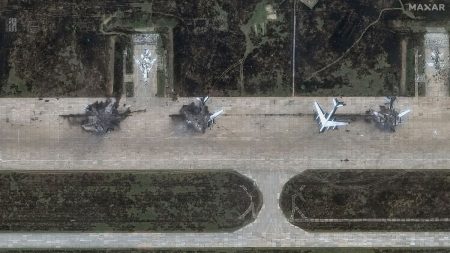In 2023, the world’s leading 100 arms-producing companies collectively reported profits nearing €598 billion, marking a 4.2% rise over the previous year. This surge in profitability can largely be attributed to ongoing conflicts, notably in Gaza and Ukraine, along with heightened geopolitical tensions globally. According to a comprehensive analysis by the Stockholm International Peace Institute (SIPRI), the increase in profits primarily reflects the booming demand for arms and military services within a climate fraught with conflict, even as the overall profit growth in Europe was more modest, at only 0.2%.
Among the key players in the arms industry are significant European corporations such as Airbus, Leonardo, Thales, Rolls Royce, and Rheinmetall, all of which maintained their positions within the top 100 arms producers. Notably, Airbus, although primarily recognized for its aerospace products, derived 18% of its total revenue from arms sales in 2023. The company has faced scrutiny due to its weaponry being implicated in international conflicts, including its involvement in surveillance activities in the Mediterranean region and drone warfare collaborations, particularly with Israel. German firms, especially Rheinmetall, experienced substantial profit increases driven by demand related to the Ukraine conflict; the company reported a remarkable 10% profit uplift due to the production of 155-mm ammunition and the supply of Leopard tanks.
Despite the apparent growth among large arms manufacturers, SIPRI researcher Lorenzo Scarazzato highlighted that the true scale of the industry’s profits might be understated. He noted a notable uptick in orders for smaller arms producers in countries such as Sweden, Ukraine, and Poland, with many of these companies launching recruitment initiatives and markedly increasing their profitability. According to Scarazzato, the significant demand for military supplies has not yet been fully captured in the financial results of larger businesses. He indicated that as these demands materialize, particularly in the U.S. and Europe, larger firms are expected to experience a considerable increase in revenues in the coming years.
The burgeoning arms industry is not confined to traditional powerhouses; Turkish companies have also reported significant profit increases, owing to the nation’s aspirations for self-sufficiency in military production and export opportunities tied to the ongoing conflict in Ukraine. Baykar, a Turkish firm known for producing armed unmanned aerial vehicles (UAVs) extensively employed in Ukraine, exemplified this trend with a 25% profit rise, bringing its total to approximately $1.9 billion (€1.8 billion).
Moreover, the SIPRI report underlined a broader industry trend focusing on the modernization of nuclear arsenals, reflecting how nuclear development has become a vital revenue source for arms corporations. In the United Kingdom, the Atomic Weapons Establishment, responsible for nuclear warhead design and maintenance, registered the highest percentage profit increase among British companies featured in the arms production rankings. Its profits soared to $2.2 billion (€2.0 billion), underscoring the lucrative nature of nuclear-related defense initiatives.
As the international landscape continues to be shaped by conflicts and strategic offensive measures, the growing revenues of both established and emerging arms producers highlight a critical aspect of contemporary geopolitical realities. With the proliferation of military technology and the associated demand influencing both small and large firms, it is likely that the arms industry will remain an integral component of global economic strategies, particularly as conflicts persist and nations still prioritize national security in their respective budgets. The landscape of arms production, therefore, is not just a reflection of immediate needs but also a continual evolution influenced by shifting power dynamics and military strategies.










